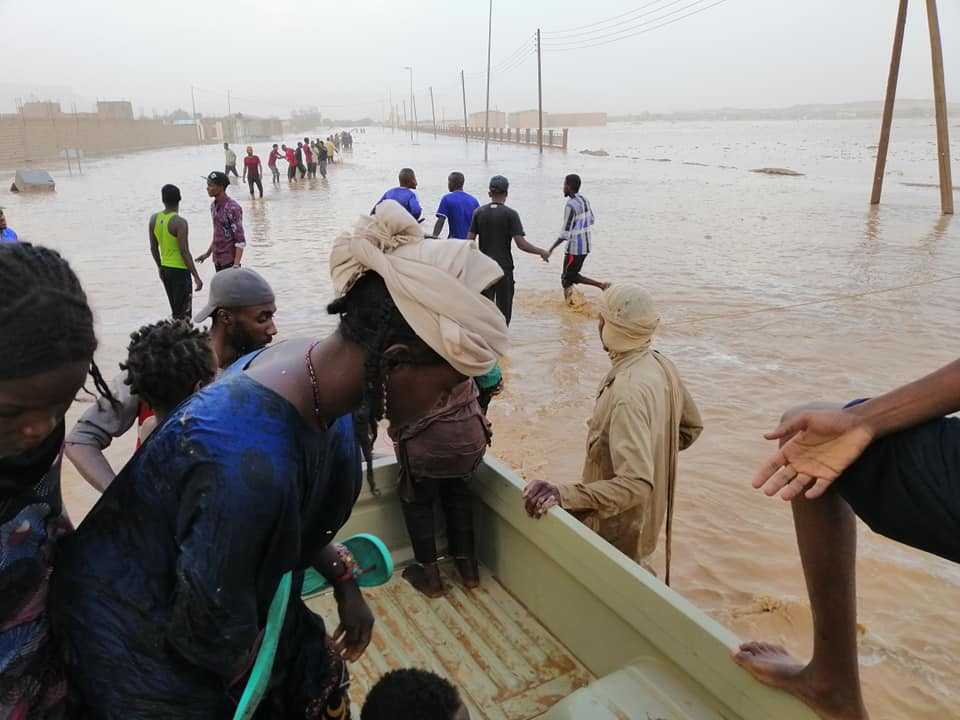
Tunis: Heavy rainfall that hit the south western region of Libya at the end of May has displaced over 4,000 people and affected more than 20,000. Four people, including three children were confirmed dead. Humanitarian partners in Libya have undertaken a joint mission to Ghat, the worst affected municipality, in south-western Libya, to boost the ongoing humanitarian response, determine what is most needed and ensure urgent humanitarian needs are being met. While flood levels have subsided in most areas, houses and public infrastructure, including farmlands, roads, schools and Ghat hospital were severely affected. “The floods are further proof of the resilience of the Libyan population and their local authority structure, Ghat Municipality had directly initiated a crisis cell to coordinate the emergency response”, said Abdel Rahman Ghandour, Humanitarian Coordinator a.i. in Libya. “We are particularly worried about the damage to the water infrastructure and contaminations, which raise the risk of disease outbreak. Already, 22 cases of acute watery diarrhoea have been confirmed, the majority of whom are children,” he added. In support of local response efforts, humanitarian partners have dispatched medical supplies, including cholera kits, to the area. Hundreds of emergency family packages with essential supplies have been dispatched to meet the needs of more than over 3,000 people. Tents are being supplied to displaced families who have not found accommodation in local collective shelters. The UN humanitarian community in Libya welcomes the speedy response by the national authorities, partners and other members of the international community. The United Nations and partners stand ready to support those national-led responses where necessary. The flooding in Ghat has exacerbated the needs of an already vulnerable community. Across Libya, an estimated 823,000 people, including around 248,000 children, are in-need of humanitarian assistance. Conflict in and around Tripoli since early April has driven close to 100,000 displacements and generated new demands for humanitarian response. However, most humanitarian needs remain outside of Tripoli, including in large parts of southern Libya. The 2019 Humanitarian Response Plan for Libya seeks $202 million to meet the needs of 552,000 people. To date, only 12 per cent of this requirement has been received.